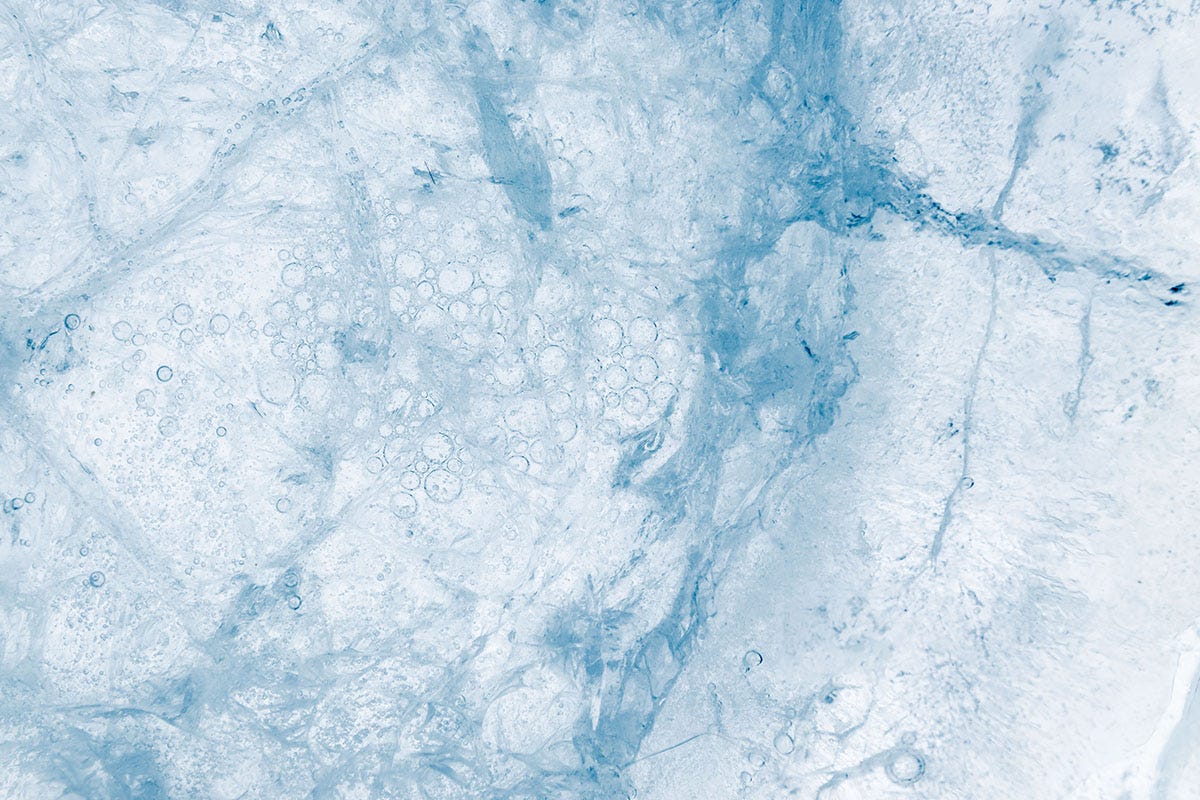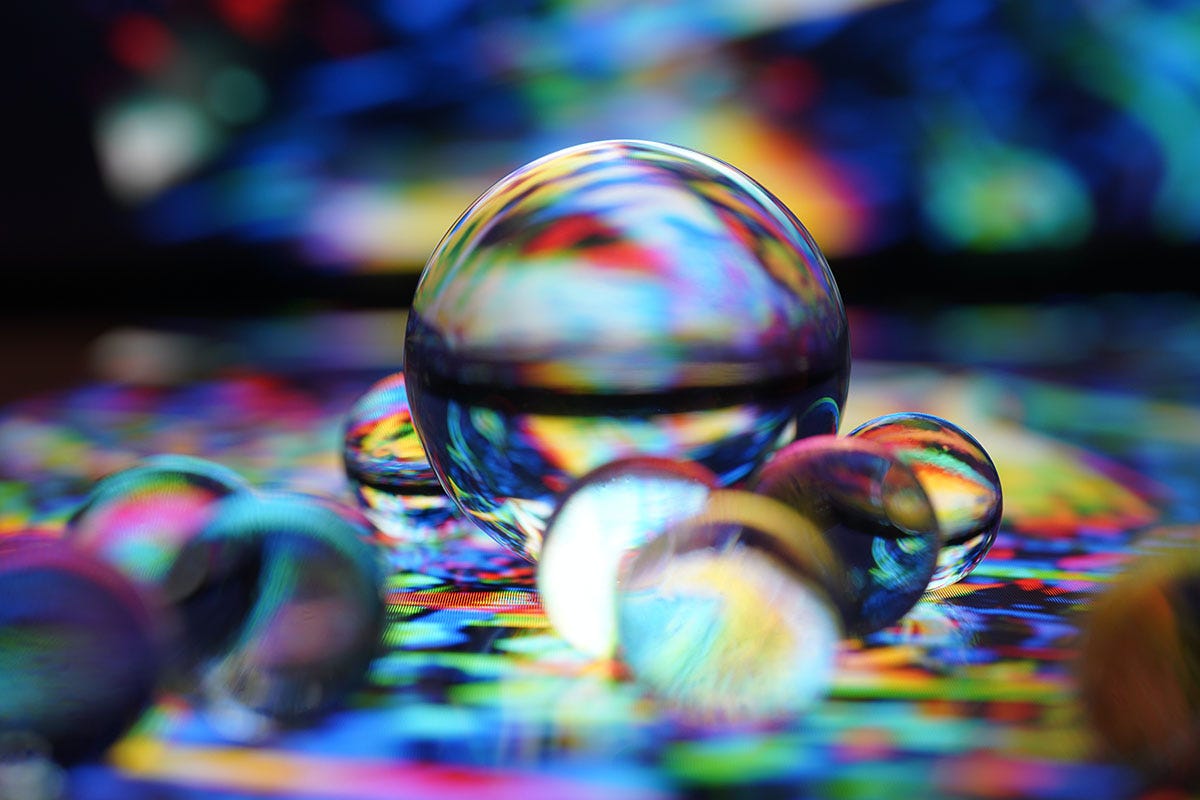
The pathological science of polywater
What would happen if all the water on Earth suddenly changed state? If it evaporated, solidified or became a disgusting jelly? Most living beings would probably disappear. At best, the survivors would have to re-adapt to new living conditions. In his sci-fi novel Cat’s Cradle, Kurt Vonnegut writes a story about ice-nine, a laboratory-created particle that cuold instantly freeze water and generate a chain reaction with catastrophic consequences. Of course, this is only imagination. Yet, in the early 1960s, scientists believed such a scenario might be possible.
One day, accidentally
While working in a laboratory in Moscow, Russian chemist Nikolai Fedyakin was performing some experiments when he noticed that the water contained in a glass capillary had taken on unusual properties. It had become exceptionally dense. If heated, it did not boil until it reached 200°C. It solidified at -40°C and, instead of growing in volume, as happens typically with ice, it contracted. Fedyakin informed his supervisor, Boris V. Deryagin, a dedicated and world-renowned chemist. After repeating the experiments, the two published some scientific studies claiming to be dealing with a form of water that had never been observed before.
In 1961, during the cold war, news from Russia did not hold any particular credibility. It might have been a hoax, purposely fabricated to divert the enemy, but one could not take the risk of leaving such a discovery in the hands of the Soviets exclusively.
Deryagin was invited to give some lectures in London. However, when repeating his experiments, the British obtained inconsistent results. Most of the time, nothing interesting happened, but when the attempts were successful, the water took on precisely the characteristics described by their Russian colleagues. Researchers Robert Stromberg and Ellis Lippincott from the University of Maryland tested samples of the liquid by spectroscopy. They compared the results with a database of over 100,000 materials, but none were similar to the new substance. The two, however, noticed a resemblance to the structure of various polymers (polymers are macromolecules, as are some plastics, rubbers or textile fibres) and, what had hitherto been called ‘anomalous water’, took on the name of polywater: polymeric water.
Although there was still a number in the scientific community who were sceptical, publications supporting polywater proliferated. British scientist Desmond Bernal, known for being the first to describe the molecular structure of normal water, called polywater “ the most critical chemical-physical discovery of the 20th century “. Many popular science magazines published features on how to produce polywater at home, and the Americans… Well, the Americans had to outperform the Soviets.
The cold (poly)water war
The minimal quantities of polywater, made according to Deragyn’s instructions, were not enough to further the knowledge of the new substance. Mass production would undoubtedly have made it possible to study it better. In 1969, an article in the Wall Street Journal announced: “At last the United States is closing the polywater gap. The Pentagon is funding studies to beat the Soviet Union”. Tyco, a multinational materials research company, had managed to get from the Washington government a $125,000 contract to try to produce polywater in quantity. “If it can be done, it will be done,” declared Dr S. Barry Brummer, head of the company’s Polywater Production Project. For some people, however, this approach was risky.
In glass capillaries, the water initially available at the beginning of the experiment disappeared completely, turning into polywater. A scientist involved in the research claimed that if a sufficient amount of polywater was put into a cup of normal water, the latter would be completely transformed into the new polymeric substance, just like the ice-nine imagined by Vonnegut. The chemist F.J. Donahoe published a paper in which he argued that life had probably never developed on Venus because of the polymerisation of the water once present on the planet. And in a letter to the scientific journal Nature, he wrote: ‘I regard this polymer as (potentially) the most dangerous material on Earth. Every effort must be made to establish the absolute safety of the material before it is commercially produced. Once the polymer nuclei become dispersed in the soil, it will be too late to do anything… Treat it as the most deadly virus until its safety is established.”
In contrast, others claimed that polywater was completely harmless. Instead, its unique properties made it suitable for a wide range of applications, such as extracting fresh water from seawater or as a moderator in nuclear reactors, due to its higher boiling temperature. Some were also convinced that the human body, composed of 90% water, could contain a percentage of polywater.

A pathological water
One morning in the late 1970s, physiologist Dennis Rousseau played handball with friends. At the end of the game, he collected a sample of his sweat and, upon arriving at the laboratory, tested it by spectroscopy. As was customary, he compared it against a database of hundreds of thousands of materials… and here was the surprise. Sweat had a very similar structure to polywater.
Rousseau had always been sceptical about the existence of a miraculous water to which many of his colleagues ascribed unique properties. What he discovered that morning only meant just one thing: polywater formation was due to biological contamination. That was the reason why it could only be produced in minimal quantities inside very thin glass capillaries. The final proof arrived when polywater was observed under an electron microscope. The peculiar chemical-physical properties of the liquid were due to traces of silicone, fat and other substances. Polywater, in other words, was just dirty water, the result of experiments carried out in a poorly controlled manner. Rousseau’s study extinguished the debate on anomalous water forever. Boris Deryagin himself recanted, stating: “Polywater is unlikely to exist.”
But how is it possible that, for over ten years, renowned scientists did not realise they were wrong? In 1953, Nobel Prize winner Irving Langmuir coined the term pathological science to refer to similar incidents. Sometimes, we are so caught up in an idea or amazed by a discovery that we struggle to question it. Not a fraud perpetrated in bad faith, but self-deception. A scientist discovers something unexpected and extraordinary and, unlike a correctly applied method of investigation would dictate, he does not question it. Because while it is true that science is rationality, data and confirmation, we are still human beings, with our desires, our beliefs, and our dreams.
To know more:
- Ellis R. Lippincott, et al. «Polywater». Science, June 1969.
- F.J. Donahoe. «Is Venus a Polywater Planet?» Icarus, vol. 12, n. 3, May 1970, pagg. 424–30.
- Henry H. Bauer. «‘Pathological Science’ Is Not Scientific Misconduct (nor Is It Pathological)». Hyle.Org, 2002.
- Lippincott, Ellis R., et al. «Polywater — A Search for Alternative Explanations». Journal of Colloid and Interface Science, vol. 36, n. 4, August 1971, pagg. 443–60.
- P. A. Christian e L. H. Berka. «How You Can Grow Your Own Polywater». Popular Science, June 1973.
- «Polywater and the Role of Skepticism». On Being a Scientist: Responsible Conduct in Research, 2nd Edition, a Report by the Committee on Science, Engineering, and Public Policy, Part of the National Research Council, National Academy Press, 1995.
- Rousseau, D. L. «“Polywater” and Sweat: Similarities between the Infrared Spectra». Science, vol. 171, n. 3967, 1971, pagg. 170–72.
- Simon Dresner. «A Strange New Form of Water Is Shaking up Chemists. It May Wind up in Your Automobile’s Cooling System». Popular Science, December 1969, pag. 5.
- S.T. Butler. «The polywater debate fizzles out». The Sidney Morning Herald, 17 September 1973.
Main picture: Unplash — public domain
